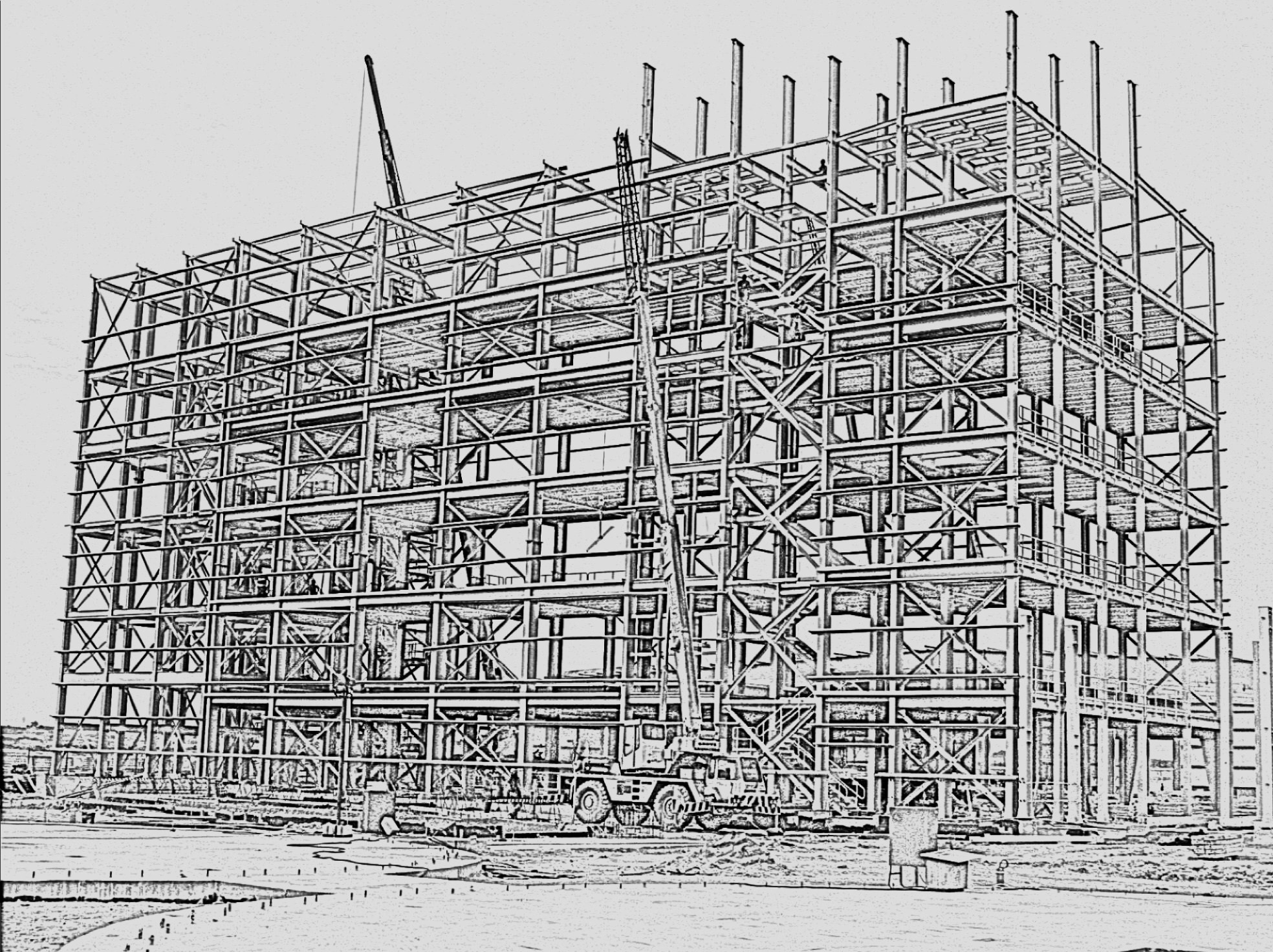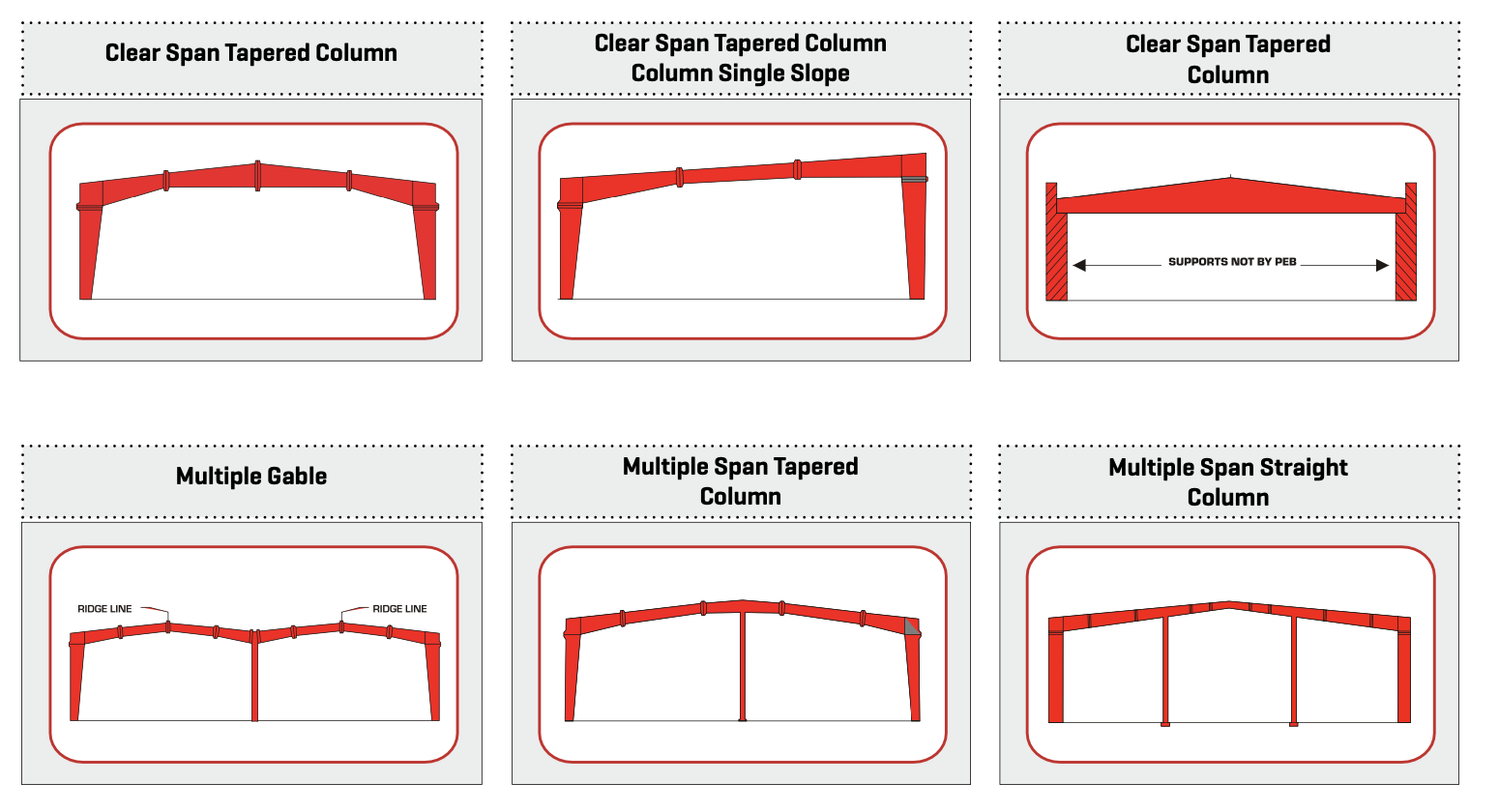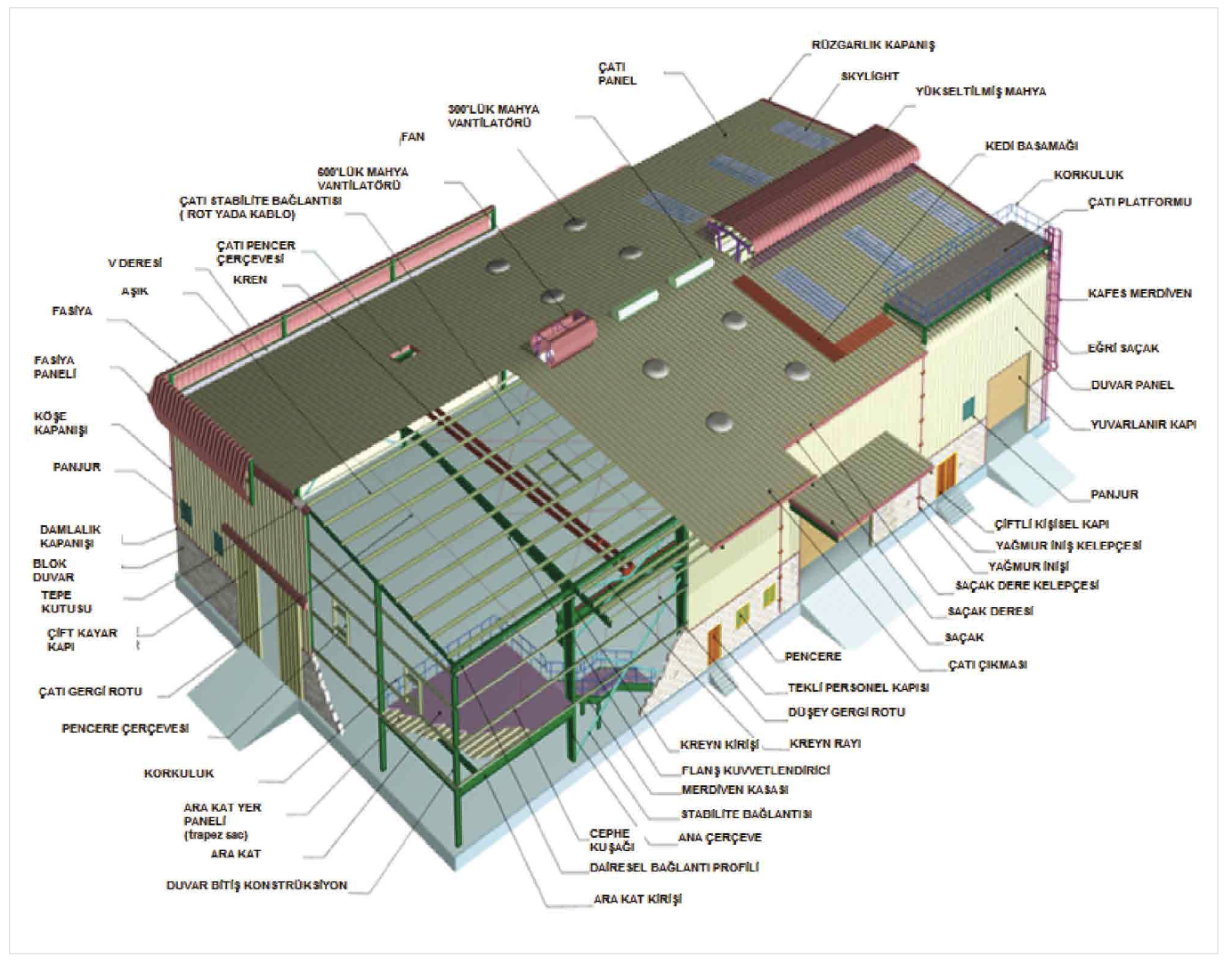
 Pre Engineering Buildings
Pre Engineering Buildings
A Pre-Engineering Building (PEB) is a structure that is designed and fabricated using a set of standardized techniques and components, typically in a factory setting. These buildings are known for their efficiency, cost-effectiveness, and rapid construction. The use of PEBs has gained popularity in various industrial, commercial, and institutional sectors due to their numerous advantages.

Key Components of a Pre-Engineering Building:
Advantages of Pre-Engineering Buildings:
 Applications of Pre-Engineering Buildings:
Applications of Pre-Engineering Buildings:
In conclusion, Pre-Engineering Buildings offer a modern and efficient approach to construction, making them a popular choice for a wide range of applications. Their cost-effectiveness, speed of construction, and adaptability to various designs contribute to their widespread use in the construction industry.
PEB steel building systems offer lighter, more economical, and faster solutions compared to traditional construction methods. Build your industrial facility with TOLAY Engineering — safely, durably, and sustainably.
Balancing Cost, Speed, and Safety in Industrial Building Investments: A New-Generation Solution with Steel Structure Systems In industrial facility investments, choosing the right building system allows you to shorten the construction period and reduce costs by up to 30%. With Tolay Engineering’s steel structure solutions, you can build modern, safe, and sustainable facilities at approximately 300 USD/m².
Provide maximum advantage with the PEB Steel Structure System in your investments within the Organized Industrial Zone.